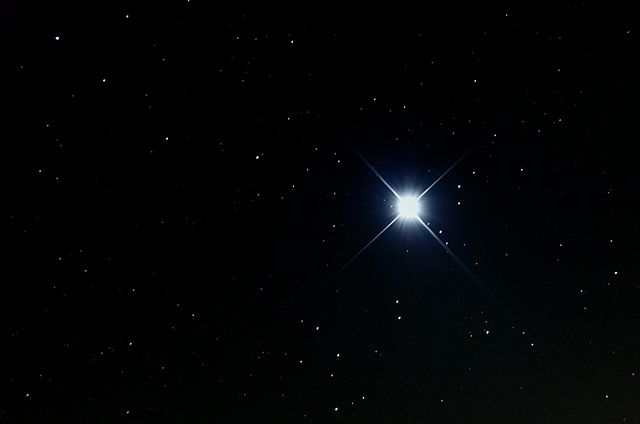Le Micromégas is a 1752 novella by the French philosopher and satirist Voltaire. Along with his story "Plato's Dream", it is an early example in the literary genre of science fiction and has its place in the development of the history of literature. Some uncertainty surrounds the first publication of Micromégas, with possible editions dating to 1751 or as early as 1739, but with the widely accepted publication being 1752.
François-Marie Arouet, known by the pen name Voltaire and author of Micromégas.
The star Sirius, around which Micromégas's home planet orbits.
The title page of an 1819 Spanish volume of Voltaire's work which includes Micromégas.
François-Marie Arouet, known by his nom de plume M. de Voltaire, was a French Enlightenment writer, philosopher (philosophe), satirist, and historian. Famous for his wit and his criticism of Christianity and of slavery, Voltaire was an advocate of freedom of speech, freedom of religion, and separation of church and state.
Portrait c. 1720s, the Musée Carnavalet
Voltaire was imprisoned in the Bastille from 16 May 1717 to 15 April 1718 in a windowless cell with ten-foot-thick walls.
In the frontispiece to Voltaire's book on Newton's philosophy, Émilie du Châtelet appears as Voltaire's muse, reflecting Newton's heavenly insights down to Voltaire.
Pastel by Maurice Quentin de La Tour, 1735







